Home>Garden Essentials>What Does The Bible Say About Crop Rotation
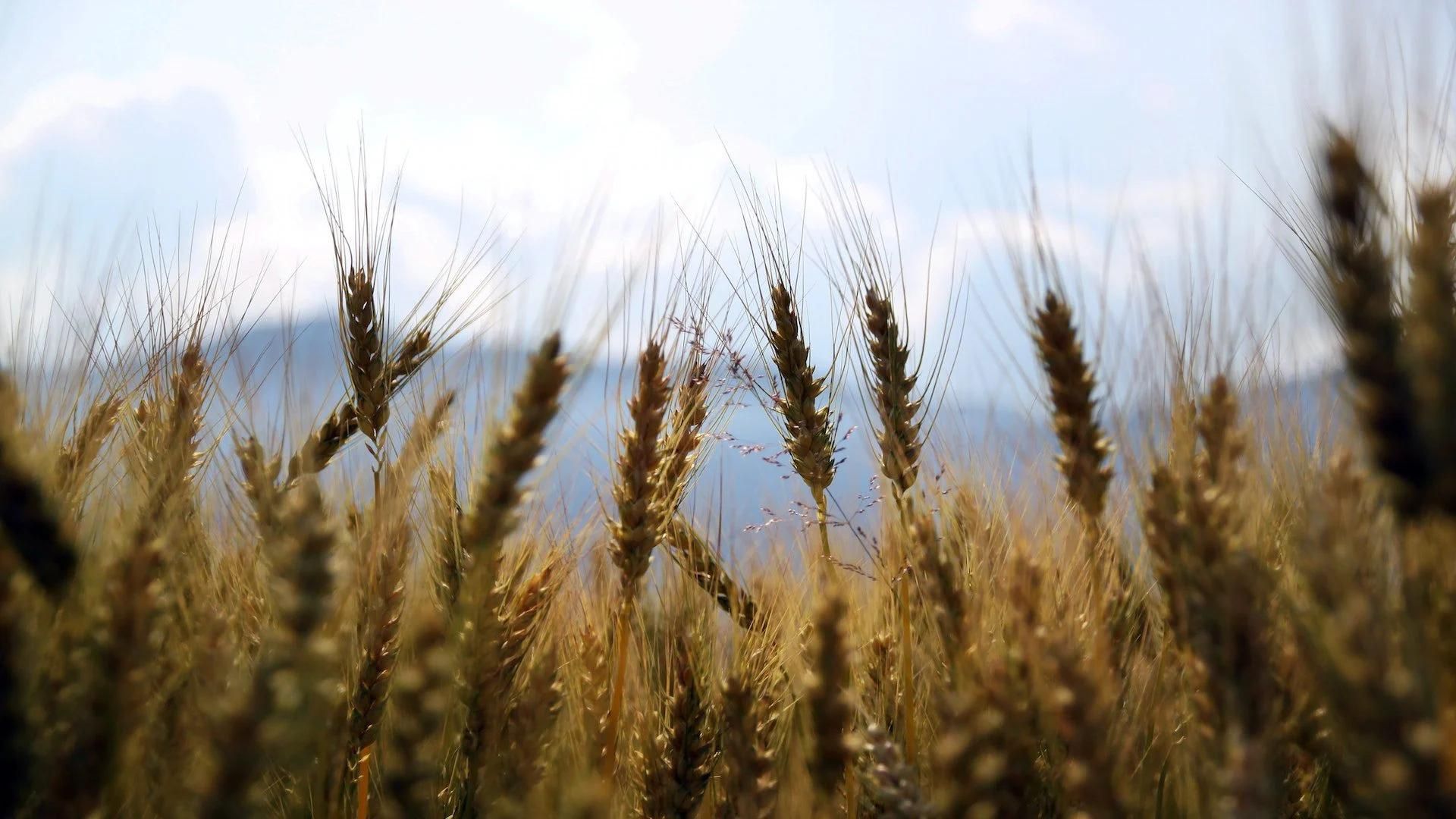

Garden Essentials
What Does The Bible Say About Crop Rotation
Modified: October 28, 2024
Discover what the Bible says about crop rotation and how it can benefit your garden. Learn valuable insights for sustainable and fruitful gardening.
(Many of the links in this article redirect to a specific reviewed product. Your purchase of these products through affiliate links helps to generate commission for Storables.com, at no extra cost. Learn more)
Introduction
When it comes to gardening and agriculture, there are various practices that can be employed to ensure successful and sustainable crop production. One such method that has been practiced for centuries is crop rotation. This technique involves systematically changing the type of crops grown in a specific area over time, typically in a planned sequence.
The concept of crop rotation dates back to ancient times, with evidence of its practice found in archaeological records from civilizations such as Ancient Rome, Egypt, and Mesopotamia. However, what may surprise you is that crop rotation also has a mention in the Bible, the holy book of Christianity.
In this article, we will delve into the history of crop rotation and explore its relevance and significance from a biblical perspective. We will uncover the principles behind this agricultural practice and examine its benefits. Additionally, we will discover how crop rotation is mentioned in the Bible and how it can be applied in modern gardening and farming practices.
So, whether you are a seasoned gardener or simply interested in biblical references to agricultural practices, let us embark on a journey through time and discover what the Bible says about crop rotation.
Key Takeaways:
- Crop rotation is an ancient farming practice mentioned in the Bible, aligning with principles of responsible stewardship and sustainable agriculture.
- By rotating crops, farmers can improve soil fertility, control pests, reduce weed pressure, and enhance water management for sustainable and productive agriculture.
Read more: What Does The Bible Say About Seeds
The History of Crop Rotation
Crop rotation is a farming practice that has been used throughout history to improve soil fertility and crop yields. The origins of this method can be traced back to early agricultural societies.
Ancient civilizations recognized the importance of giving the soil a rest and replenishing its nutrients. The first recorded evidence of crop rotation comes from Ancient Rome, where farmers would alternate between planting legumes and cereals. This rotation helped replenish nitrogen levels in the soil, as legumes have the unique ability to fix nitrogen from the air and make it available to other plants.
In Ancient Egypt, the Nile River played a crucial role in the success of crop rotation. After the annual flood, farmers would plant crops such as barley and wheat in the moist soil. Following the harvest, they would plant legumes like lentils and beans to restore nitrogen levels. This practice not only improved soil fertility but also helped prevent crop diseases and pests.
In medieval Europe, a three-field system was widely adopted, where one field was planted with a cereal crop like wheat or rye, another with a legume like peas or beans, and the third was left fallow or used for grazing animals. This system allowed for a continuous cycle of replenishing nutrients in the soil and maximizing crop productivity.
As agriculture advanced, the principles of crop rotation were further refined. Scientists like Jethro Tull and Charles Townshend in the 18th century and George Washington Carver in the 19th century made significant contributions to the understanding and promotion of crop rotation techniques.
Today, crop rotation is a common practice used by farmers and gardeners worldwide. It has evolved to incorporate a wider range of crops and can be tailored to specific climate and soil conditions.
With this historical backdrop, let us now explore the biblical perspective on agriculture and how crop rotation fits into it.
The Biblical Perspective on Agriculture
In the Bible, agriculture is a fundamental aspect of human existence. From the creation story in Genesis to the teachings of Jesus, farming and cultivation are often used as metaphors and symbols to convey spiritual truths and lessons.
In the book of Genesis, God commands Adam to “work the ground” and “take care of the garden” (Genesis 2:15). This establishes a foundational principle of stewardship and responsibility for the land. The Bible also emphasizes the importance of sowing and reaping, illustrating the connection between human effort and God’s provision.
The Old Testament is rich with agricultural imagery. References to the land, crops, and farming techniques are abundant. For example, in Deuteronomy 11:13-14, the Israelites are encouraged to obey God’s commandments, promising that He will provide rain for their crops in due season.
One biblical concept that aligns with the principles of crop rotation is the Sabbath year, also known as the shmita year. According to Leviticus 25:1-7, the land was to be given a rest every seventh year. During this year, no crops were to be planted, and the fields were left fallow. This practice allowed the land to rejuvenate and prevented it from becoming depleted.
Another biblical principle related to agriculture is the concept of gleaning. In the Old Testament, farmers were instructed not to harvest their fields fully, but to leave the edges and corners for the poor and the foreigners to gather (Leviticus 19:9-10). This practice of sharing and providing for those in need further emphasizes the value placed on the land’s resources and the importance of stewardship.
From the New Testament perspective, Jesus often used agricultural parables and illustrations to teach valuable spiritual lessons. The parable of the sower (Matthew 13:1-23) demonstrates the importance of good soil and fruitful growth. It highlights the significance of cultivating a receptive heart to receive God’s Word.
In summary, the biblical perspective on agriculture highlights the significance of responsible stewardship, a balanced approach to farming, and the importance of God’s provision. Now, let us delve into the specific practice of crop rotation and explore its principles and benefits.
Understanding Crop Rotation
Crop rotation is a systematic method of organizing and alternating the cultivation of crops in a specific area over time. The purpose of crop rotation is to optimize soil fertility, prevent soil erosion, control pests and diseases, and promote sustainable and productive agriculture.
The key principle of crop rotation is to vary the types of crops grown in a field or garden plot from year to year. This prevents the depletion of specific nutrients, reduces the buildup of pests and diseases that are specific to certain crops, and improves overall soil health.
There are various crop rotation systems that can be implemented, depending on factors such as climate, soil type, and the specific crops being grown. Some common crop rotation systems include:
– The traditional three-year rotation: This system involves dividing the land into three sections, with each section dedicated to a different group of crops. For example, one section may be planted with legumes, another with cereals, and the third left fallow or planted with cover crops.
– The four-year rotation: This system expands on the traditional three-year rotation by incorporating an additional year for root crops such as potatoes or carrots. Root crops help break up soil compaction, improve soil structure, and add organic matter.
– The multi-crop rotation: This system incorporates a wide variety of different crops, including vegetables, herbs, flowers, and cover crops. It provides a diverse range of benefits, such as enhancing biodiversity, improving soil structure, and reducing the risk of pest infestations.
Understanding the specific nutrient requirements and growth habits of different crops is essential for effective crop rotation. By strategically selecting crops with different nutrient needs, the soil can be replenished and balanced over time. For example, legumes have the ability to fix atmospheric nitrogen, while leafy greens are heavy nitrogen consumers.
Additionally, crop rotation helps control pests and diseases by disrupting their life cycles. Certain insects and pathogens are specific to particular crops. By rotating crops, these pests are unable to establish themselves and reproduce, reducing the likelihood of infestations and disease outbreaks.
Cover crops also play a significant role in crop rotation. These non-harvestable plants are grown primarily to protect and improve the soil during periods when the main crops are not in their active growing stage. Cover crops help prevent erosion, suppress weeds, and improve soil structure by adding organic matter and increasing microbial activity.
By understanding the principles and benefits of crop rotation, farmers and gardeners can implement this technique to maximize agricultural productivity, promote soil health, and contribute to sustainable and environmentally friendly practices.
Benefits of Crop Rotation
Crop rotation offers numerous benefits for both farmers and gardeners. By implementing this agricultural practice, you can improve soil fertility, reduce pests and diseases, enhance crop yields, and promote sustainable farming methods. Let’s explore some of the key benefits of crop rotation:
- Improved Soil Fertility: Crop rotation helps replenish soil nutrients by alternating crops with different nutrient requirements. Certain crops, such as legumes, are capable of fixing atmospheric nitrogen, while others may have deep root systems that break up compacted soil and improve drainage. This diverse rotation allows for a well-balanced nutrient intake and prevents the depletion of specific nutrients.
- Control of Pests and Diseases: Crop rotation disrupts the life cycles of pests and diseases. Many insects and pathogens are specific to particular crops. By changing the crops grown in a specific area, these pests are unable to establish and multiply, reducing the risk of infestations and disease outbreaks. Additionally, some crops release natural compounds that repel pests, acting as a natural form of pest control.
- Reduced Weed Pressure: Certain weeds are specific to particular crops and can become problematic if the same crop is continuously grown in the same area. Crop rotation helps control weed populations by shifting the conditions that favor the growth of certain weeds. For example, rotating a cereal crop with a legume crop can reduce weed pressure and minimize the reliance on herbicides.
- Enhanced Soil Structure and Biology: Different crops have varying root depths and root structures. By rotating crops, the soil is aerated and loosened, allowing for better water penetration and root development. Additionally, crop rotation encourages the growth of beneficial soil microorganisms and improves overall soil biology, leading to healthier soil and increased nutrient cycling.
- Better Water Management: Crop rotation can improve water management by reducing water runoff and evaporation. Diverse crop rotations with varying water requirements can help optimize water usage and prevent waterlogging or drought stress in the soil. This can be particularly important in regions where water scarcity is a concern.
- Increased Crop Yields and Quality: Through improved soil fertility, integrated pest management, weed control, and better water management, crop rotation ultimately leads to higher crop yields and improved crop quality. By providing the crops with optimal growing conditions and reducing the competition for resources, farmers and gardeners can expect healthier plants and better harvests.
By implementing crop rotation, you can harness these benefits and contribute to the long-term sustainability and productivity of your farming or gardening efforts. It is an effective and practical method that has been proven over centuries to optimize crop production and maintain soil health.
Crop rotation is a farming practice mentioned in the Bible, specifically in the book of Leviticus. It involves planting different crops in a specific order to improve soil fertility and reduce pests and diseases. This practice can be beneficial for modern farmers as well, as it helps maintain soil health and increase crop yields.
Read more: What Does The Bible Say About Table Manners?
Crop Rotation in the Bible
The practice of crop rotation, although not explicitly mentioned by name in the Bible, can be seen through various agricultural principles and customs described in its passages. The Bible provides insights and guidelines that support the underlying concepts and benefits of crop rotation.
One notable biblical principle related to crop rotation is the Sabbath year, also known as the shmita year. According to Leviticus 25:1-7, God commanded the Israelites to let their fields lie fallow every seventh year as a Sabbath rest for the land. During this year, no crops were to be planted, and the land was allowed to rest and rejuvenate. This practice not only allowed for the replenishment of soil nutrients but also prevented soil erosion and promoted sustainable agriculture.
Furthermore, the concept of gleaning, which is mentioned multiple times in the Bible, indirectly supports the idea of crop rotation. In Leviticus 19:9-10 and Deuteronomy 24:19-22, farmers were instructed not to harvest the corners of their fields or to gather any crops that had fallen during harvest. Instead, these portions were to be left for the poor and foreigners to gather. By leaving a portion of the field unharvested, farmers allowed for the natural decomposition of plant material, which enriched the soil and contributed to the next cycle of crops.
Additionally, the biblical emphasis on stewardship and care for the land can be seen as a foundational principle that aligns with the objectives of crop rotation. In Genesis 2:15, humans are given the responsibility to “work the ground” and “take care of the garden.” This command implies a sense of stewardship and a recognition of the importance of preserving and nurturing the resources of the land.
While the Bible does not provide specific instructions or a detailed framework for crop rotation, it does emphasize the principles of responsible land management, the importance of sustainable agricultural practices, and the balance between human intervention and natural processes. These biblical principles align with the underlying objectives and benefits of crop rotation as it aims to maintain soil fertility, prevent pests and diseases, and promote sustainable and productive agriculture.
By applying these biblical principles and incorporating the practices of crop rotation into our farming and gardening methods, we can align our actions with the teachings of stewardship and sustainability found in the Bible.
Examples of Crop Rotation in the Bible
Although the term “crop rotation” may not be explicitly mentioned in the Bible, various examples can be found that demonstrate the principles and practices of this agricultural technique. These examples illustrate how ancient farmers and gardeners applied crop rotation to ensure successful and sustainable harvests.
One biblical example of crop rotation can be seen in the story of Joseph in Egypt. During the seven years of abundance, Joseph collected and stored large quantities of grains, anticipating the following seven years of famine. This implies that the farmers in Egypt practiced crop rotation and stored surplus crops during years of abundance to sustain themselves during lean years. The rotation of different crops would have helped maintain soil fertility and maximize food production.
Another instance of crop rotation can be found in the book of Deuteronomy. In Deuteronomy 14:22-29, God instructs the Israelites to bring a tithe of their produce to the place where God had chosen to dwell. This implies that the Israelites were growing various crops and dedicating a portion of their harvest to communal purposes. The practice of growing different types of crops, including grains, fruits, and vegetables, would have maintained soil fertility and provided a diversified food source.
The story of Ruth in the book of Ruth also provides an example of crop rotation indirectly. Ruth, a Moabite widow, gleaned in the fields during the barley and wheat harvests (Ruth 2:2-23). The fact that different crops were being harvested at different times suggests a form of crop rotation to maximize yield and prevent depletion of the soil.
Furthermore, the agricultural laws outlined in the book of Leviticus indirectly promote the practice of crop rotation. For example, the command to leave the corners of the field unharvested and to allow the poor and the foreigners to gather from them (Leviticus 19:9-10) implies the rotation of crops in different parts of the field. This practice ensured that there was always a portion of the field lying fallow, contributing to soil health and preventing the depletion of nutrients.
These examples from the Bible demonstrate the underlying principles of crop rotation, such as diversifying crops, maintaining soil fertility, and preserving resources. While the term “crop rotation” may not be explicitly mentioned, the agricultural practices described in these biblical stories align with the objectives and benefits of crop rotation.
By understanding these biblical examples and incorporating the principles of crop rotation into our own farming and gardening practices, we can promote sustainable agriculture and stewardship of the land, just as the farmers and gardeners of ancient times did.
Modern Application of Crop Rotation
Crop rotation is not just a practice of the past; it continues to be a valuable technique in modern agriculture. With advancements in farming methods and a deeper understanding of soil science, crop rotation has evolved and been adapted to fit contemporary farming systems. Here are some modern applications of crop rotation:
Enhancing Soil Health: Modern crop rotation techniques focus on improving soil health and fertility. By rotating crops with different nutrient requirements, farmers can prevent the depletion of specific nutrients and maintain a balanced soil profile. Additionally, incorporating cover crops into the rotation sequence helps improve organic matter content and soil structure, enhancing overall soil health.
Managing Pests and Diseases: Crop rotation plays a crucial role in managing pests and diseases without relying heavily on chemical interventions. By preventing the buildup of pest populations specific to certain crops, farmers can reduce the need for pesticides. Rotating crops disrupts the lifecycle of pests, making it more challenging for them to establish and spread.
Weed Control: Crop rotation helps control weeds by breaking their lifecycle. Different crops have different weed susceptibility and growth habits. By rotating crops, farmers can vary the timing and method of weed control, reducing the need for herbicides and preventing weed resistance.
Sustainable Nutrient Management: Modern crop rotation systems consider nutrient cycling and efficient nutrient management. By integrating legumes into the rotation, farmers can harness the nitrogen-fixing abilities of these crops, reducing the need for synthetic fertilizers. Rotating deep-rooted crops can also help access nutrients in lower soil layers and reduce nutrient leaching.
Disease Suppression: Certain crops are susceptible to specific soil-borne diseases. By rotating these susceptible crops with non-host crops, diseases can be suppressed. This reduces the reliance on chemical treatments and promotes a natural, sustainable approach to disease management.
Environmental Sustainability: Crop rotation contributes to environmental sustainability by reducing the use of synthetic inputs and minimizing the negative impacts associated with intensive monoculture farming. By diversifying crops and promoting biological processes in the soil, crop rotation helps conserve biodiversity, protect water quality, and reduce soil erosion.
Adapting to Climate Change: In the face of climate change, crop rotation can help farmers adapt to new and changing conditions. By diversifying crops, farmers can mitigate the risks associated with climate variability and extreme weather events. Crop rotation allows for flexibility in crop selection, ensuring resilience and maximizing yields even in challenging environmental conditions.
Specialized Crop Rotations: In modern agriculture, different regions and agricultural sectors have developed specialized crop rotations to suit their specific needs. For example, crop rotations for organic farming focus on soil fertility and pest control without synthetic inputs. Similarly, in sustainable intensive farming systems, precision crop rotations may be designed to maximize yields and minimize environmental impact.
Modern farmers continue to innovate and adapt crop rotation techniques to their specific contexts. By integrating crop rotation into their farming practices, they can enhance sustainability, productivity, and long-term profitability while preserving soil health and protecting the environment. Crop rotation remains a valuable tool for the modern farmer committed to sustainable and resilient agricultural practices.
Conclusion
Crop rotation is a time-tested agricultural practice that has stood the test of time. From its early origins in ancient civilizations to its modern applications in sustainable farming, crop rotation continues to play a vital role in optimizing crop yields, preserving soil fertility, and promoting environmental sustainability.
While the term “crop rotation” may not be explicitly mentioned in the Bible, the principles and practices underlying this technique align with the biblical teachings of stewardship, responsible land management, and sustainable agriculture. The biblical emphasis on resting the land, sharing resources, and nurturing the soil resonates with the goals of crop rotation and serves as a guide for modern farmers and gardeners.
The benefits of crop rotation are multifaceted. By employing this practice, farmers and gardeners can improve soil fertility, control pests and diseases, reduce weed pressure, enhance water management, and increase crop yields and quality. It helps foster sustainable and resilient farming systems that can adapt to changing environmental conditions and promote long-term agricultural sustainability.
Furthermore, crop rotation promotes a holistic understanding of the interconnectedness of the natural world. By mimicking nature’s cycles and embracing a diversified approach to agriculture, farmers and gardeners can contribute to the preservation of biodiversity, protect water sources, and mitigate the negative impacts of intensive monoculture practices.
As we look to the future of agriculture, incorporating crop rotation into farming systems will be instrumental in addressing the challenges of climate change, food security, and environmental degradation. By embracing this ancient practice, modern farmers can ensure the health and productivity of their land, while also honoring the biblical principles of responsible stewardship.
So, whether you are a farmer, gardener, or simply someone interested in sustainable agriculture and the teachings of the Bible, consider implementing crop rotation in your farming practices. By doing so, you can contribute to a more sustainable and resilient agricultural system, ensuring abundant harvests today and preserving the land for future generations.
Frequently Asked Questions about What Does The Bible Say About Crop Rotation
Was this page helpful?
At Storables.com, we guarantee accurate and reliable information. Our content, validated by Expert Board Contributors, is crafted following stringent Editorial Policies. We're committed to providing you with well-researched, expert-backed insights for all your informational needs.
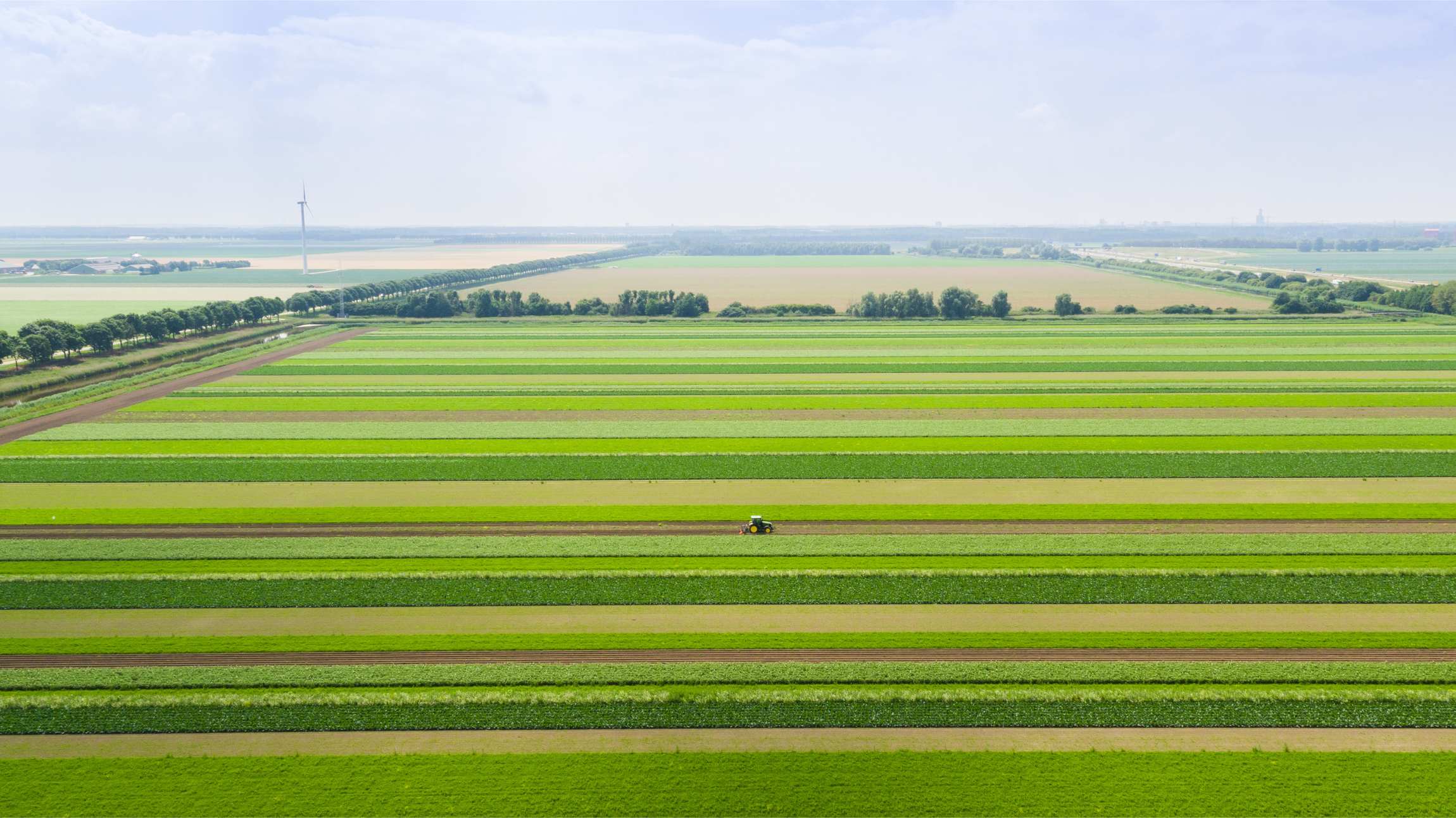
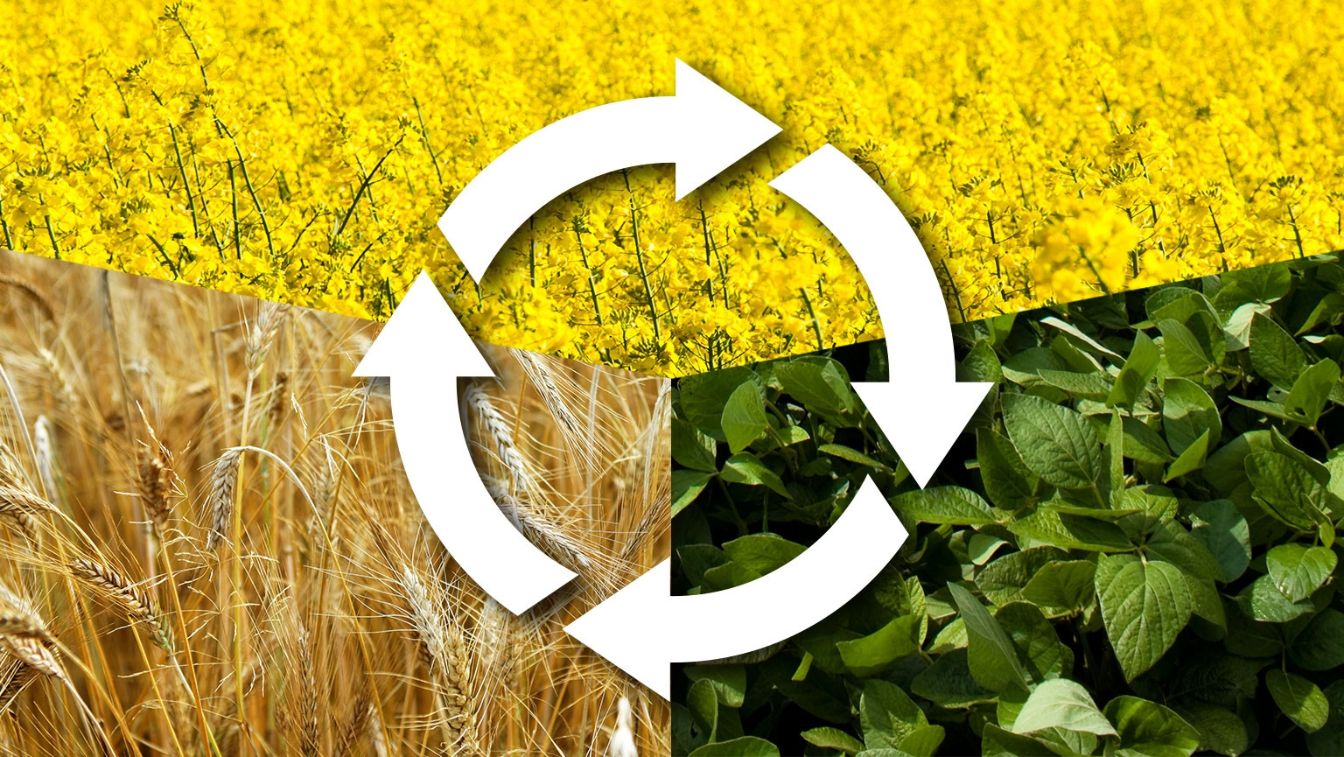


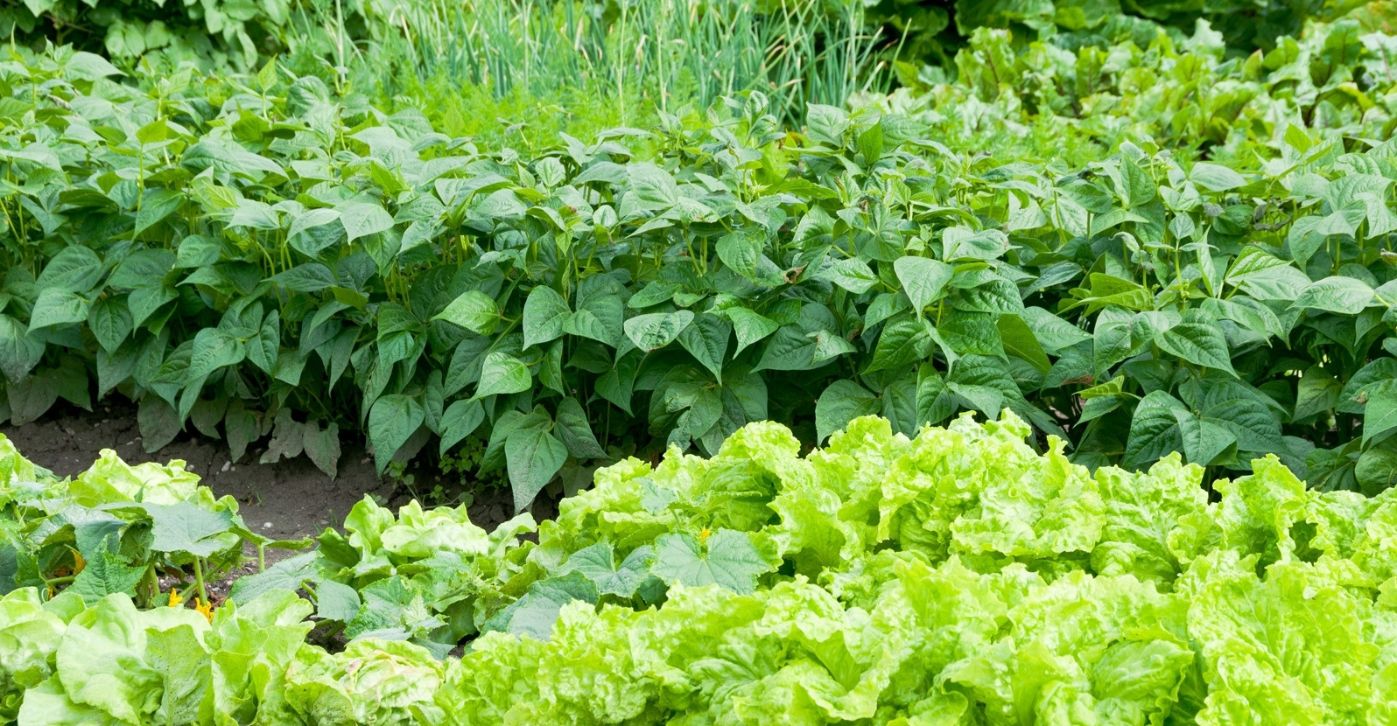

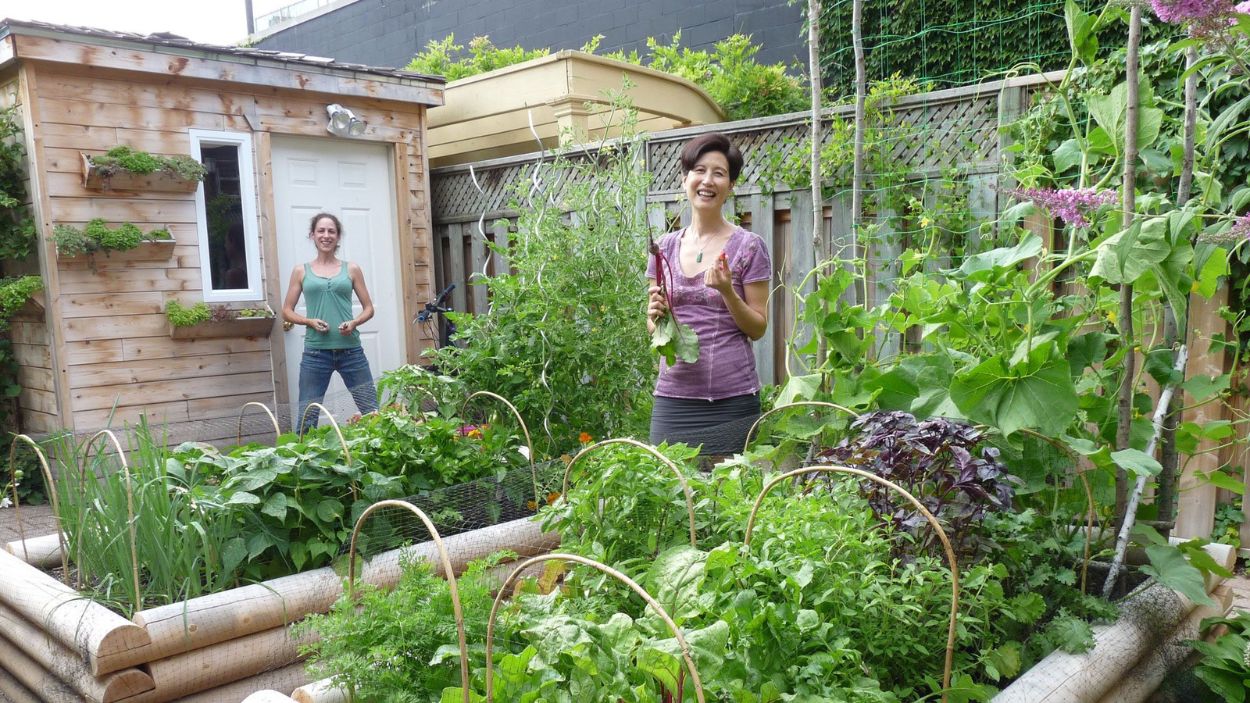
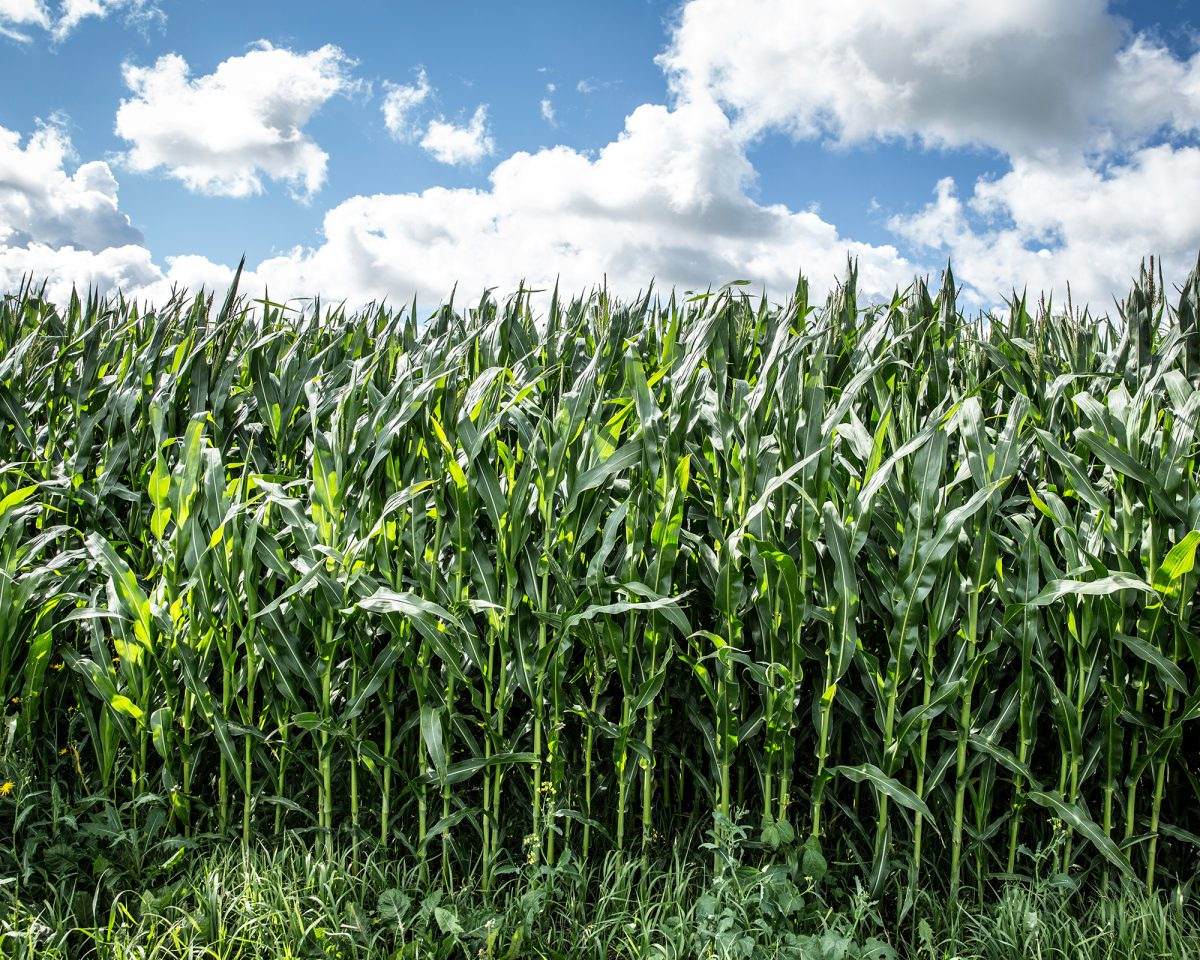
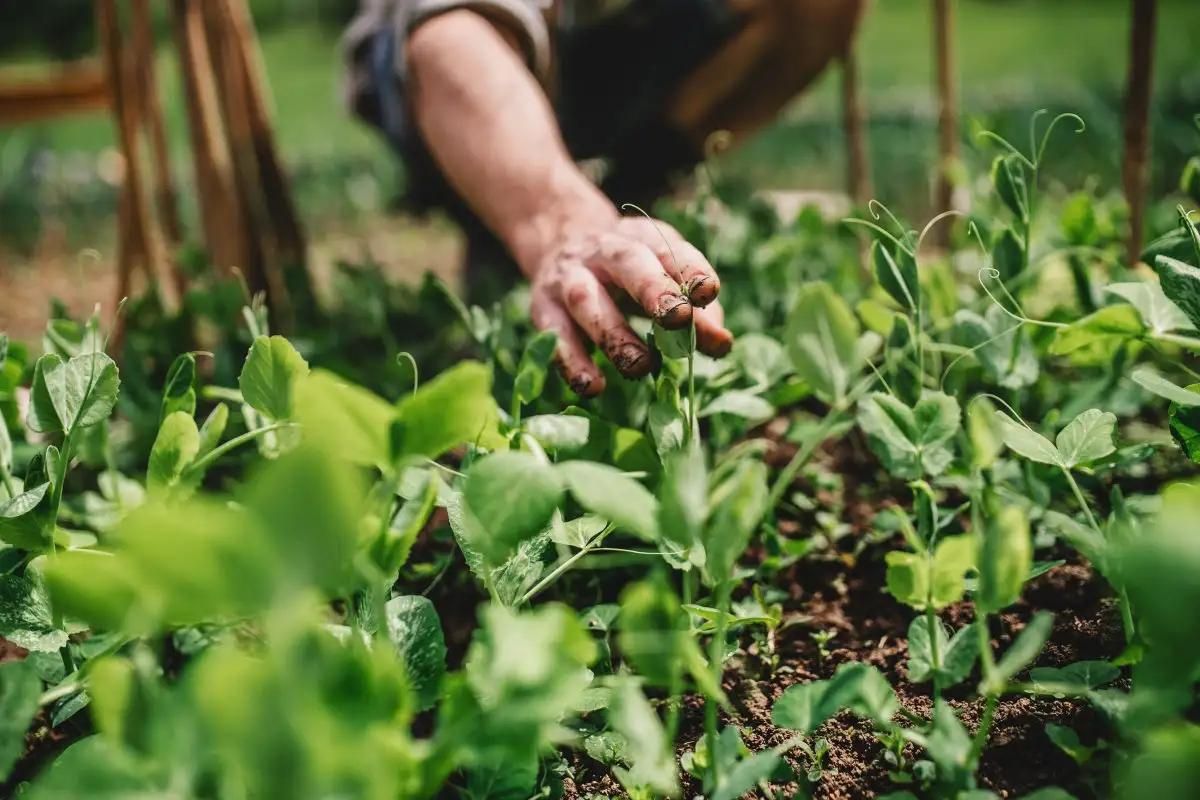
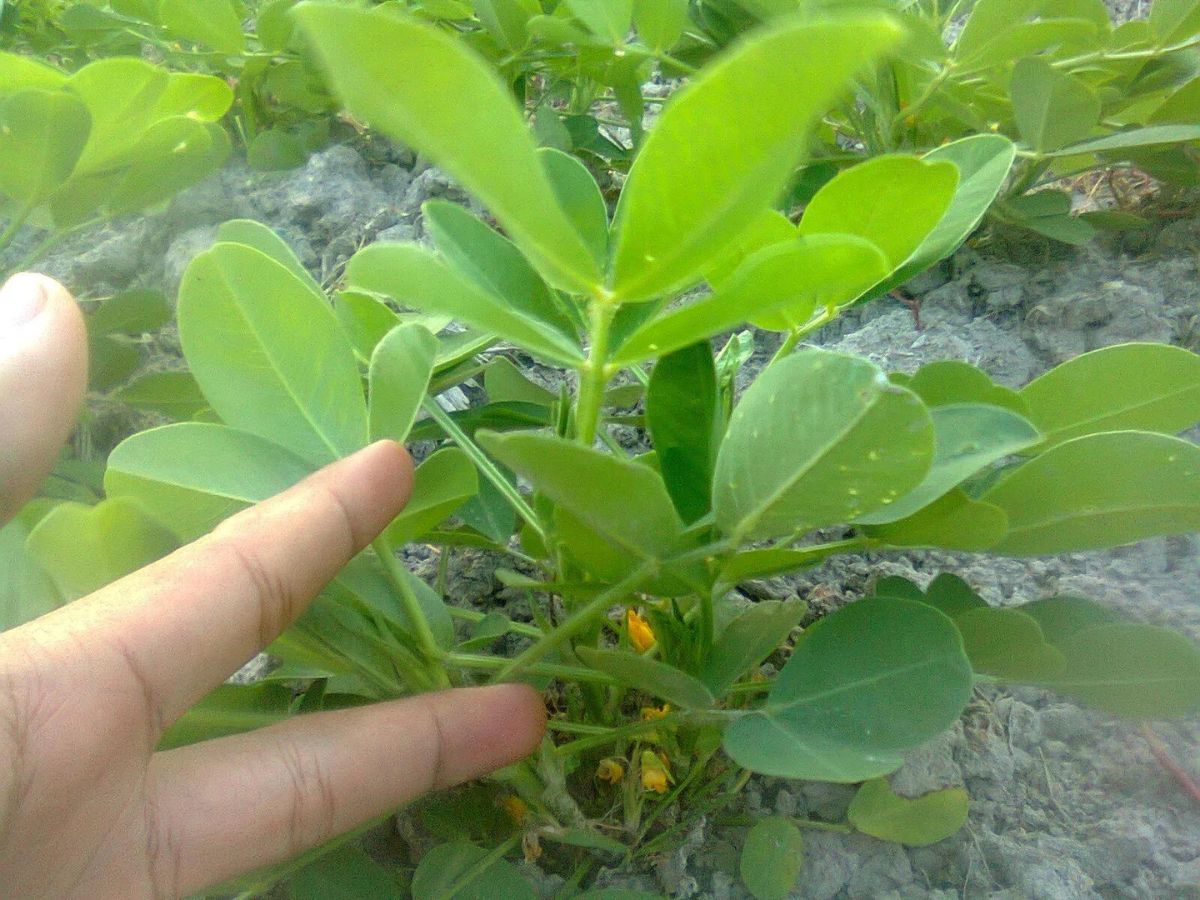
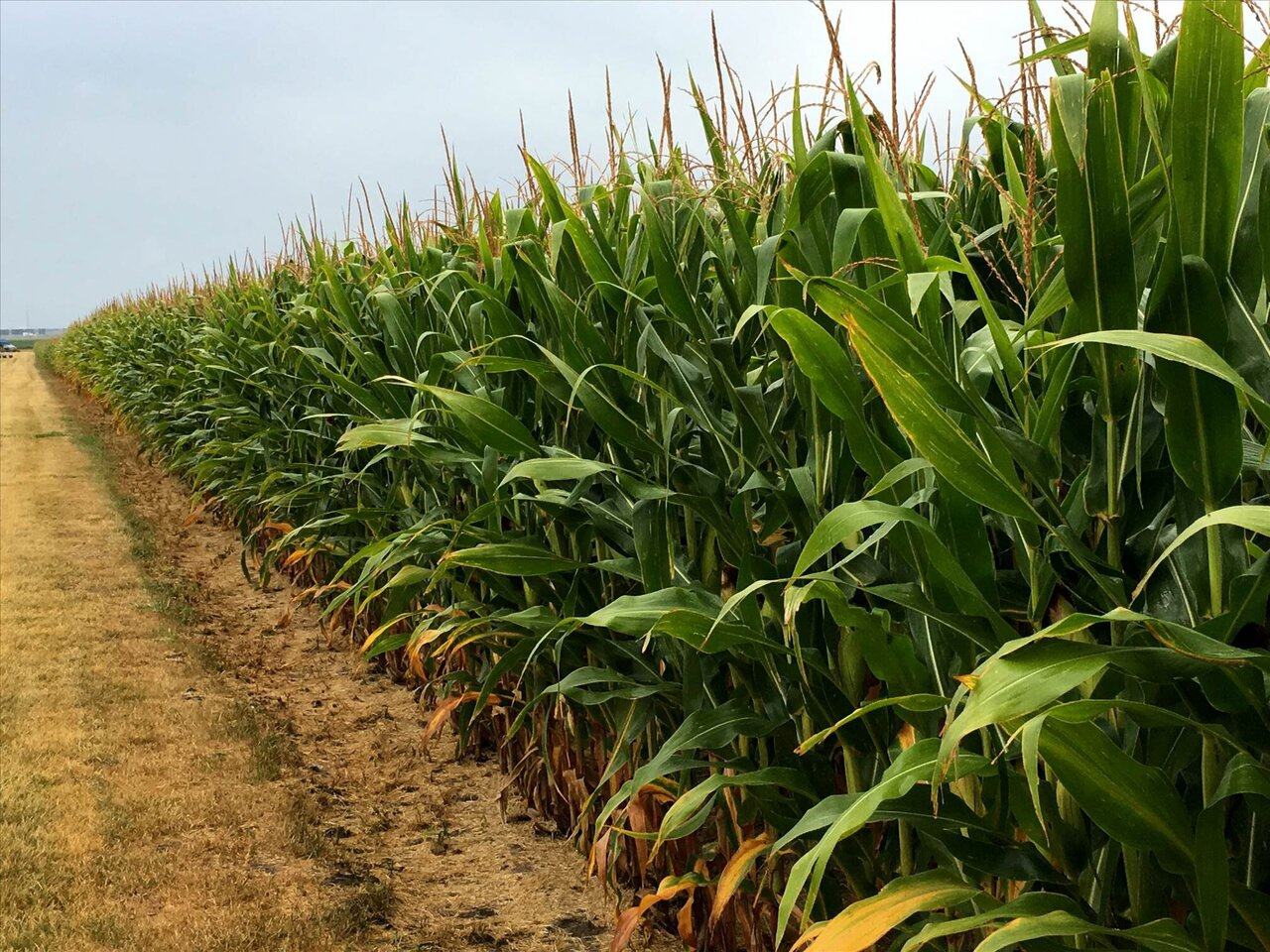
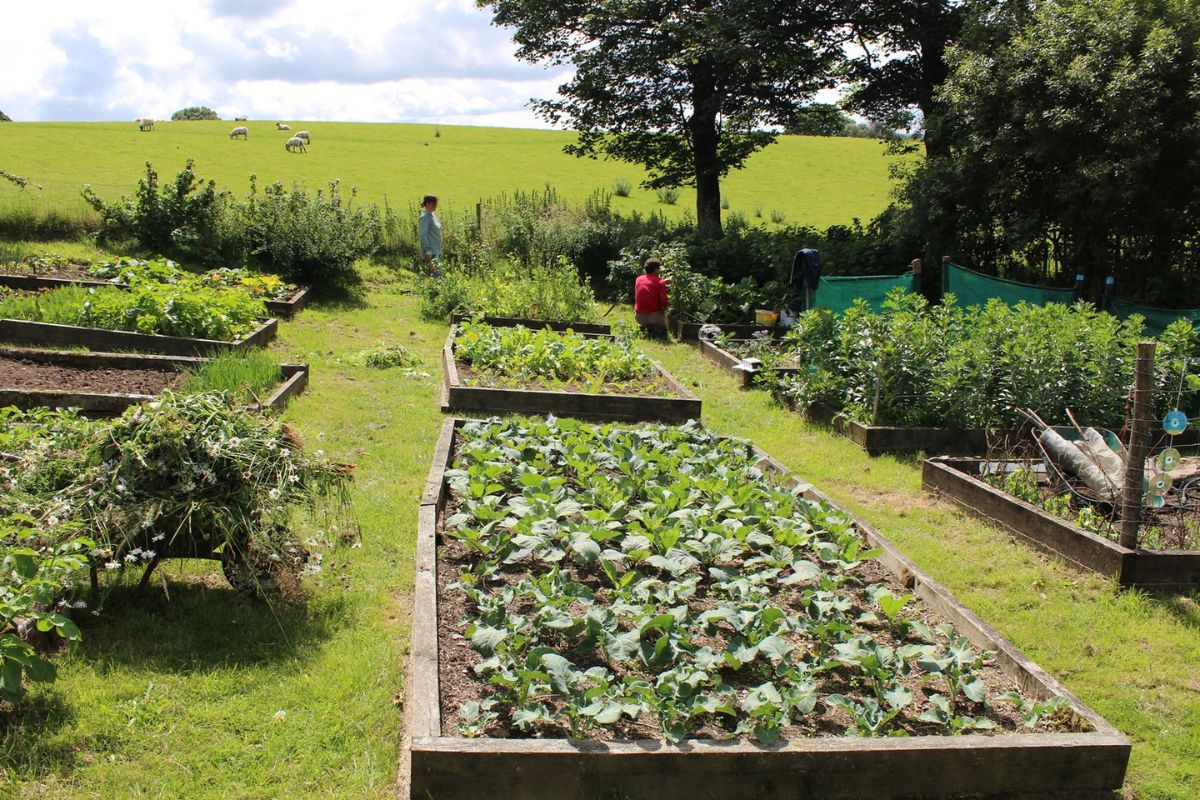
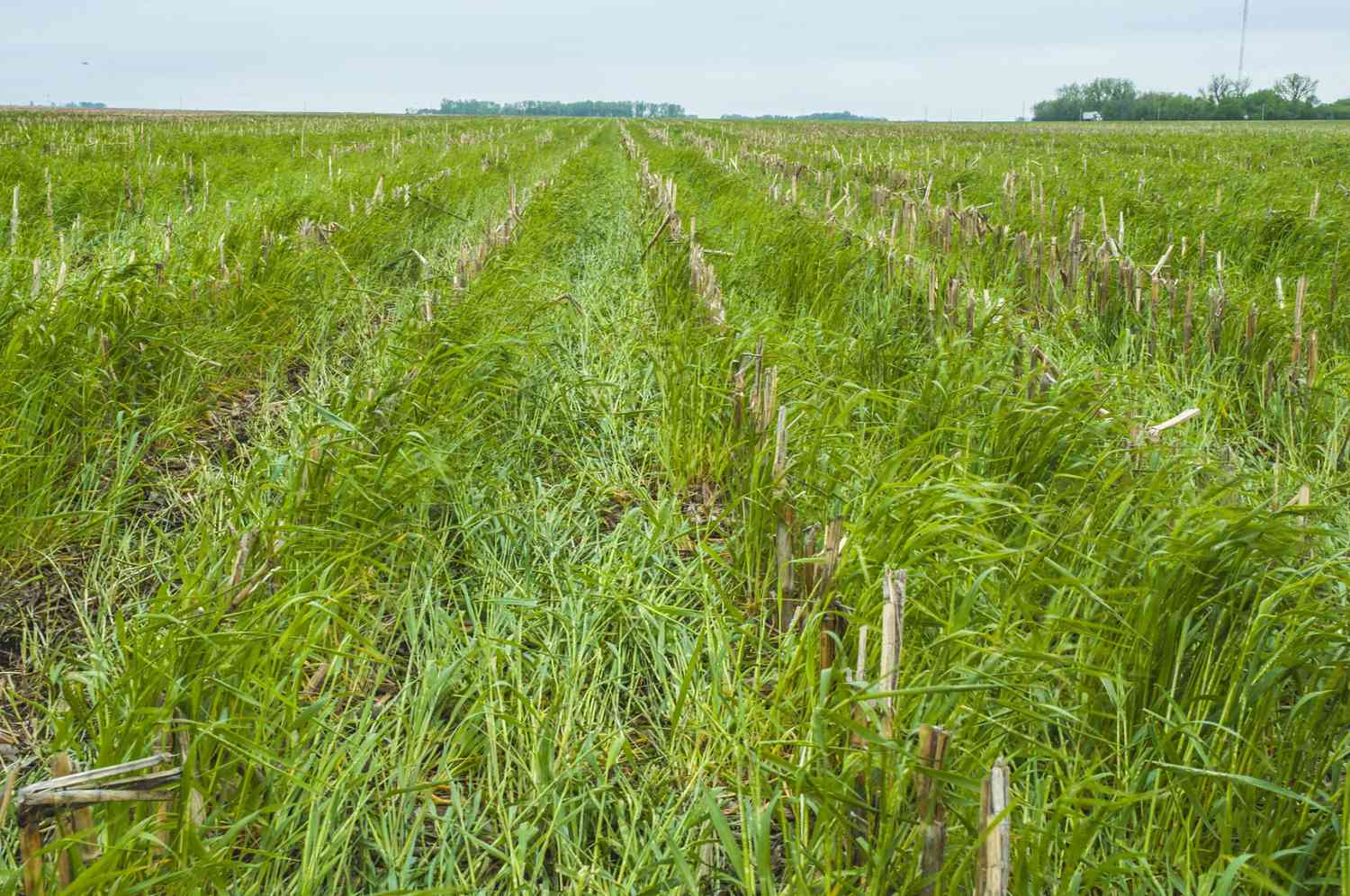
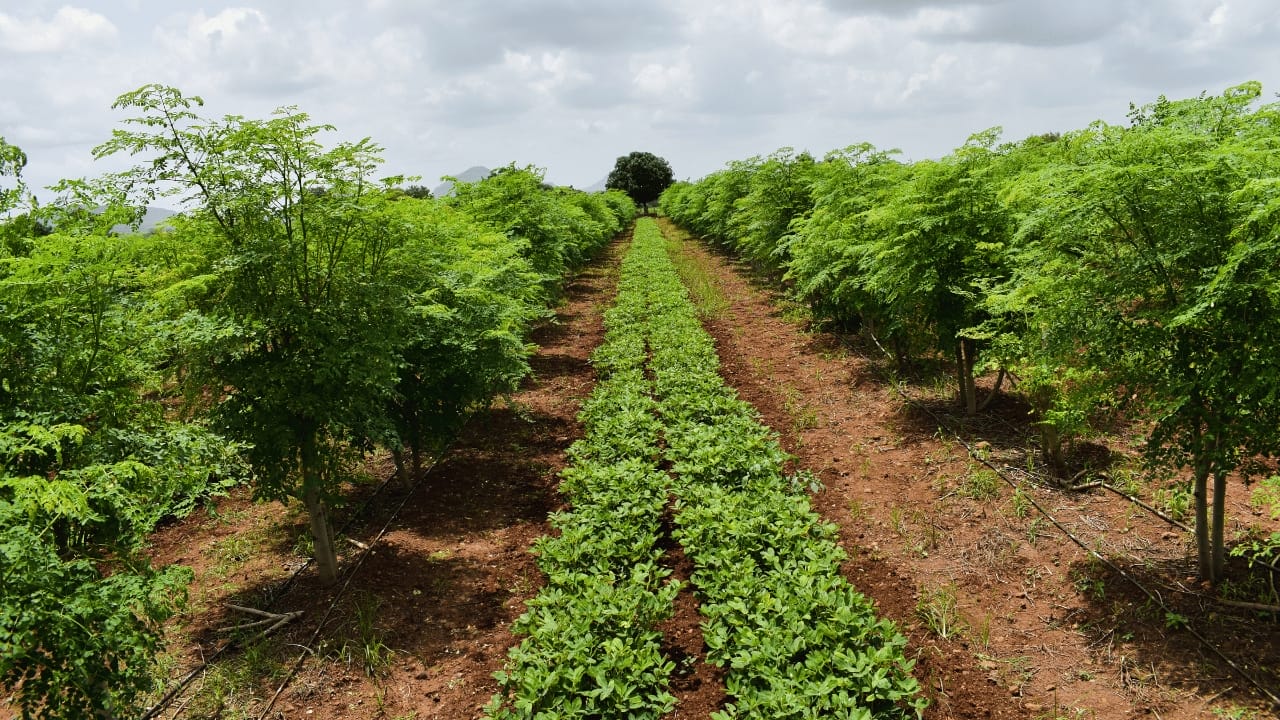

0 thoughts on “What Does The Bible Say About Crop Rotation”